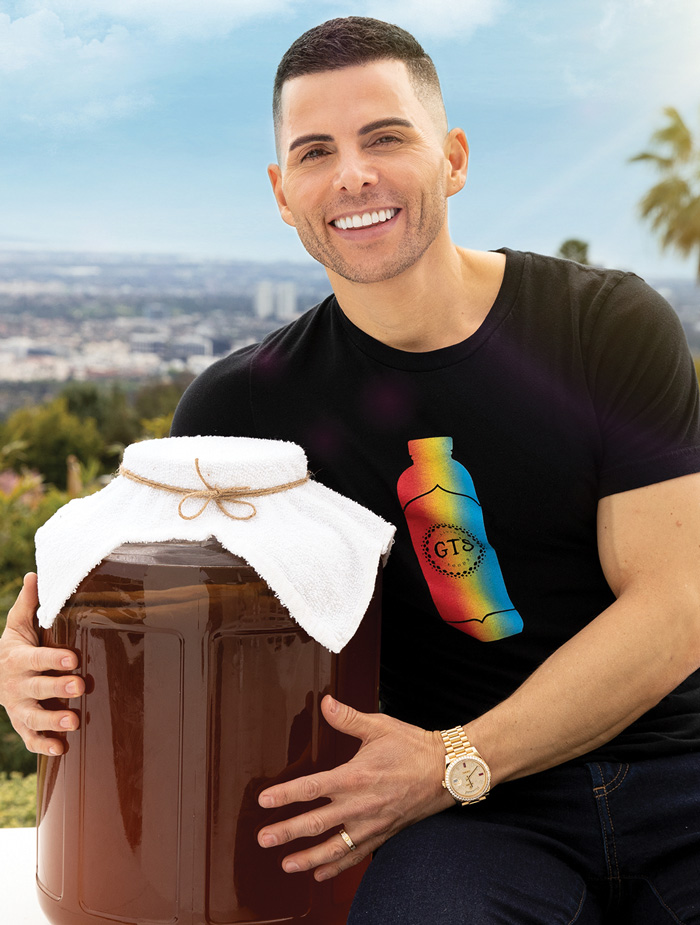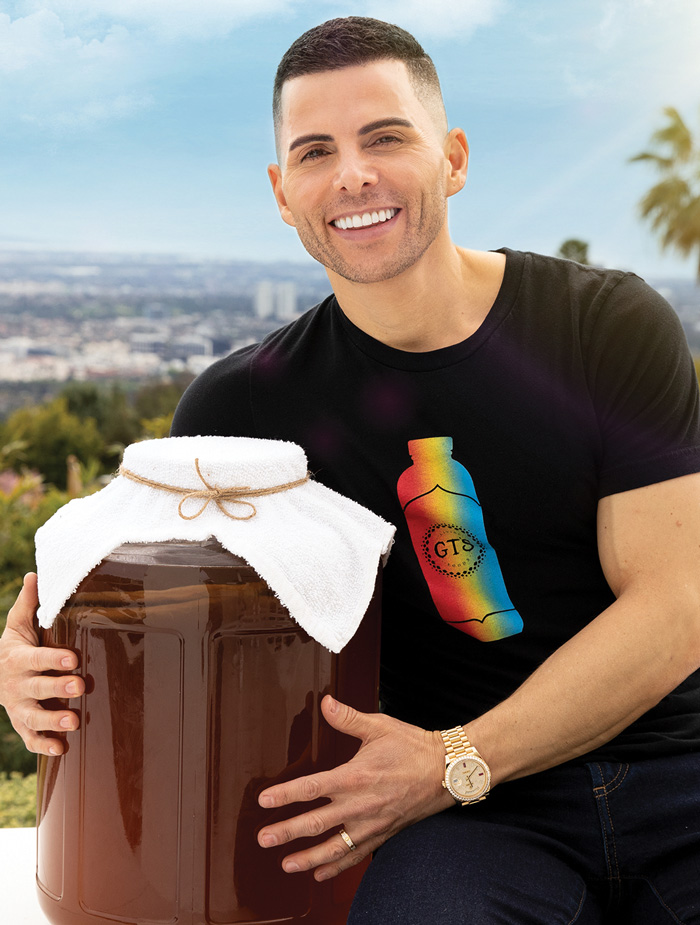The Kombucha Category Evolves and Innovates
STARTUPS & INNOVATORS
Kombucha was the better-for-you beverage that the industry didn’t see coming, a truly grassroots “maker” phenomenon that was turned into a trailblazing beverage option for the health conscious by a man who wanted to help his mother recover from breast cancer. Since entrepreneur GT Dave essentially created the category in the United States with Synergy kombucha in 1995, it’s grown to a $1.3 billion market that has sucked in even giants such as PepsiCo and Coca-Cola.
A couple of decades in, the kombucha category remains a font of bottom-up innovation. Playful flavor varieties, various treatments of the bacterial blob that floats in traditional kombucha, and even “hard” interpretations that lean into kombucha’s natural alcohol content are all contributing to the continued growth of a beverage that has helped spark a healthfulness revolution in what Americans drink.
Sales growth has slowed considerably over the last couple of years, according to Beverage Marketing Corp. And some analysts dispute that kombucha ever truly will become a widely popular beverage in the United States. “Kombucha has increasingly become mainstream, but it remains a niche category—considerably smaller than most of the mainstream beverage categories,” says Gary Hemphill, Beverage Marketing’s managing director.
Nutritional Attributes
Kombucha is essentially a fermented tea drink whose nutritional efficacy comes from what’s known as a SCOBY, short for “symbiotic colony of bacteria and yeast.” In Synergy and nearly all early versions of kombucha, this colony manifested in an unsightly blob referred to as the “mother,” which floats in the drink. Early adopters were drawn to its potential health benefits, which advocates say include the actions of antioxidants, the bacteria-killing advantages of acetic acid, and cutting the risk of heart disease, Type 2 diabetes, and even cancer.
Many other new, nutritious beverages appeared over the past 15 years, giving health-minded Americans lots of options when it comes to turning wasted beverage calories into health-boosting ones. But kombucha kept gaining on younger consumers who were proving more and more adventurous. The growing popularity of fermented foods in general also is helping buoy kombucha. (See feature article on fermented foods on page 32.)
The core kombucha consumer is 25 to 45 years old, usually consumes a diet high in plant-based foods, and exercises routinely, Dave says. “They tend to be a younger generation that does not like soda or sugary drinks and has a more adventurous palate that fits the flavor profile of traditional raw kombucha.”
Brewing Up Options
Among the newer brands is Camellia Grove, a regional kombucha made in Oregon. “We concentrate on tea-forward kombucha, says CEO Joe Mayol. “We don’t add any artificial flavors or additional juices. It appeals to tea lovers and those who’ve been turned off by kombucha in the past.”
The brand’s approach includes straining out the mother, leaving the kombucha with more of the mouthfeel of traditional teas and other mainstream beverages. “Our product is still live, but we found that a lot of people didn’t like the blob,” Mayol says. “We know it’s often a sign of live kombucha, but we see that as a little off-putting.”
Meanwhile, Rowdy Mermaid, a kombucha outfit in Colorado, has “a functional take based on plants, herbs, mushrooms, and roots,” says founder Jamba Dunn. “We don’t have a SCOBY. We’ve created a very low-acid-tasting kombucha, one that is plant- and flavor-forward. It still has all the natural benefit and all the natural acids, just none of the unwanted flavor notes.”
Another huge factor has been the entry of some beverage giants into the category. PepsiCo purchased a seven-year-old kombucha startup, KeVita, in 2016, and Coca-Cola last year began testing a drink called Cidewinder, that Coke said was like kombucha but with less sugar.
Adventurous flavors also have driven kombucha sales. KeVita, for example, offers Dragonfruit Lemongrass, Blueberry Basil, French Oak Apple, and Lavender Melon. “KeVita has helped to democratize kombucha by giving it a more accessible flavor profile and presentation,” says Duane Stanford, editor of Beverage Digest.
Even while hard kombuchas have appeared, latent alcohol from fermentation has remained a pesky issue for traditional kombucha makers. Dave has proposed legislation that would protect the trace alcohol of kombucha from regulatory threats, in part by establishing a standard of identity, “which will preserve kombucha’s integrity,” he says, “for years to come.”


